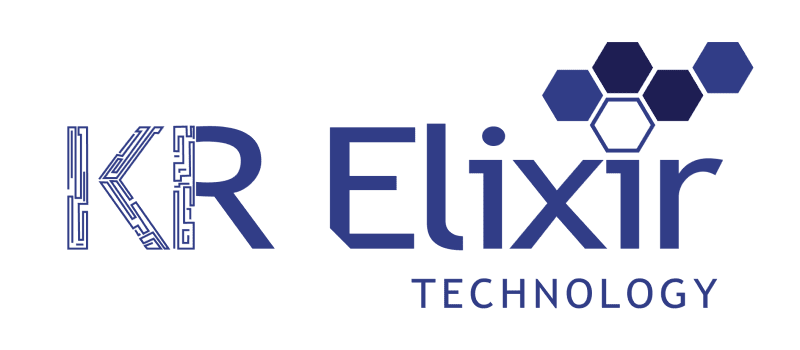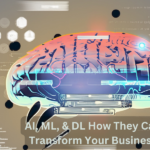To the cloud and beyond! Planning a multi-year data center migration
Data migration in the cloud often takes some time or even years for a business to initiate a transition of the existing hardware, software, networking, and operations into a brand new environment. Work side by side with customers to collectively architect and enable data center migrations into the Google Cloud. Over the years, KR Elixir has engaged itself in multiple migration journeys.
The migration journey
All data migration centers want their primary goal to be cost savings or to become cloud-native. Resulting in a business objective as “migrate n data centers to Google Cloud by this date.” The main challenge here is how to allow a successful data center migration while constructively managing risk.
To help migrate a repeatable migration approach is developed that consists of four phases: Discovery, Planning, Execution and Optimization. For most data center migrations, this repeatable structure can help find out assets, reduce the risk that using a multi-phased migration approach, enable deployment and configuration, and optimize the end state.
The four phases of migration are stated below:
Assess and discover
In this stage, performing a thorough assessment and detecting the existing environment to understand the app and environment inventory, identify app holding and requirements, perform calculate the total cost of ownership, and create app performance benchmarks.
Design and Plan
While designing, generate the basic cloud infrastructure for the workloads to live in and plan how to move the apps. This planning consists of identity management, organization and project structure, networking, sorting your apps, and developing a migration strategy in a proper hierarchy.
Deploy and Execution
Here in this phase, designing, implementing and executing a deployment process to move workloads to Google Cloud take place. Refine your cloud infrastructure to deal with new needs. Another part is to carry out migration testing that compromises baseline performance and functional testing for every application and supports the User Acceptance Test (UAT). With such help follow the multi-step cloud migration way to migrate a bunch of applications and related services constantly.
Optimization and operation
Finally, taking full advantage of cloud-native technologies and capabilities to expand the business’s potential to things such as performance, scalability, disaster recovery, costs, and training, also open the doors to machine learning and artificial intelligence integrations for the app. Monitor configuration changes and ensure continual compliances.
CONCLUSION:
Cloud migration is reasonably straightforward to point process till you have a well-planned approach. With the current situation, an organization can figure out the challenges, complexity, and level of effort that needs to be put in to have its workloads migrated.
Planning to move to the cloud and feeling lost or overwhelmed by the process, one can reach out to us for further guidance!





